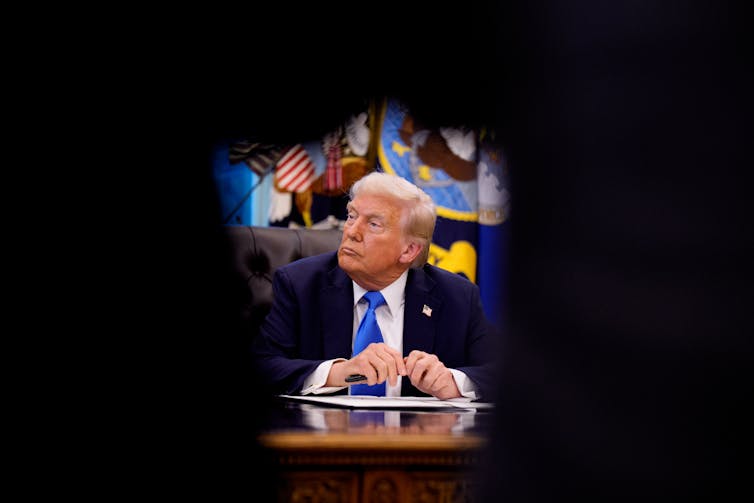David Nevins is co-publisher of The Fulcrum and co-founder and board chairman of the Bridge Alliance Education Fund.
Exactly two years ago today, I wrote a column for The Fulcrum about the epic rock classic “The Hotel California” and the famous refrain, “You can check out any time you like, but you can never leave!"
After two years, I re-read the column out of curiosity but also to see if these past two tumultuous years for our nation and the world have added any new perspective for me as to the meaning of the lyrics. The beauty of art is that it reflects the experience of life and it means different things to different people at different times. Realizing the elusiveness of my search for a meaning didn’t lessen my desire to take the journey.
In the November of 2021 writing I focused on the refrain, "You can check out any time you like, but you can never leave!"
Today, just as two years ago, I am intrigued by the masterful words of Glenn Frey, who wrote the lyrics with band members Don Henley and Don Felder. I still wonder today if the song is about excesses in America; a commentary on the hedonism and self-indulgence of that time or is it something else?
It has not been a good two years for the United States. It has not been a good two years for the world. It is easy to want to check out.
The more I listened the more I thought that yes, now more than ever, it is easy to escape into hedonism and self-indulgence. And sometimes I want to turn-off the news and forget about the horrors of two wars that are killing innocent people in Europe and the Middle East. It is easy to check out as we watch a paralyzed Congress doing nothing for a month as they try to select a Speaker of the House during this time of chaos.
In this time of turmoil it is so difficult to maintain one's hope. Just a week ago, a Quinnipiac Poll indicated that 84% of voters are very concerned the U.S. will be drawn into a military conflict in the Middle East and another poll indicated 63% of Americans are pessimistic about the country’s moral and ethical standards.
In times like this our ability to be hopeful is challenged; the balance between hope and despair is tested and giving up (or numbing out) is the easier path. Martin Luther King, Jr. in March of 1968 offered hope in those difficult times reminding us that “the arc of the moral universe is long, but it bends toward justice” and yet was realistic in saying, “Change takes a long time, but it does happen.”
Of course, hope is not a strategy but without it a path to a better future will not be found.
And so, as I absorb it all I return to The Hotel California and re-think the refrain, "You can check out any time you like, but you can never leave." Maybe now is a time for a new refrain that becomes the mantra of our time. Yes, things are tough. Yes, man’s inhumanity to man, and the injustices inflicted upon the young, the poor, the powerless seem worse than ever. And yes, it’s easy to lose hope.
But now is not the time to check-out. Instead now is the time in the words of President Jimmy Carter to understand that “ democracy is like the experience of life itself-always changing, infinite in its variety, sometimes turbulent” and to realize that is why democracy is “all the more valuable for having been tested by adversity.”
This is our test as a nation. And this is our test as individuals through our actions, through each one of our individual acts of kindness change the world.
And so if I were a lyricist and a musician (which I am not), I would rewrite The Hotel California lyric to, “Now is not the time to check out and you can't leave.”
We must imagine and create a future together.





















